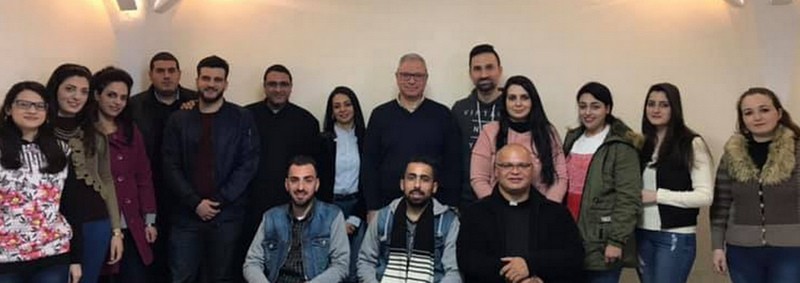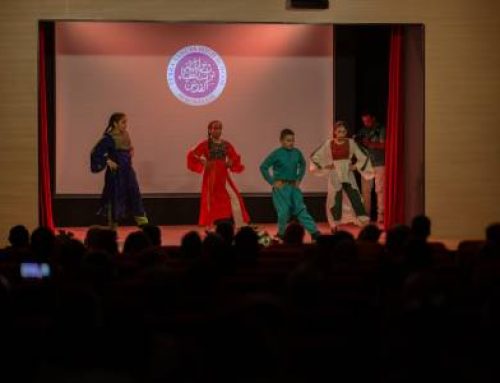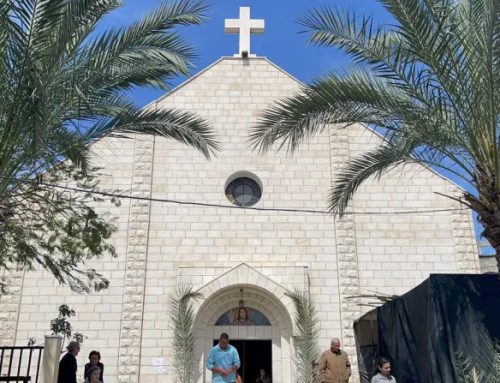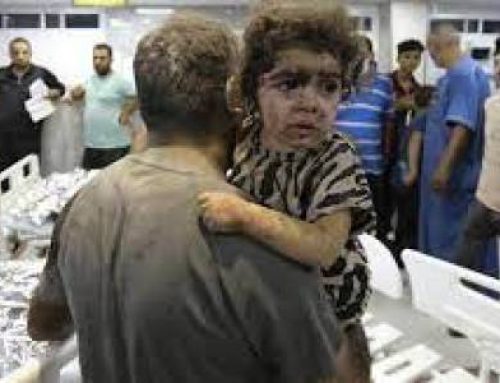The main purpose of my two-day visit to Gaza was to check on the youth employment program, which was launched in October 2018 with funding from the German Lieutenancy of the Order of the Holy Sepulcher of Jerusalem. As we were approaching the halfway mark of this year-long training and employment program for the benefit of 20 unemployed Christian youth in Gaza, it was important to meet with the beneficiaries and visit some of the institutions where they are placed. A general meeting was held with the youth where they highlighted the great appreciation they have to the Latin Patriarchate and to the German donors for making this opportunity possible. As part of the discussions, most of them expressed their deep satisfaction with the practical experience they are gaining and were very content with their employers. Many felt that they were also benefiting the institutions where they were placed. The major comments regarding the capacity building training they received were that it was general in nature and needs to be followed by more in-depth training in a number of areas. This will be followed up by the project manager in Gaza over the next few weeks.

Receiving feedback along with Fr. Mario
In addition to talking about the employment and their experiences, one could not separate the general living conditions they have to endure in Gaza. Though the electricity is coming for longer hours per day due to the subsidy from Qatar, this will be short lived since such funding will technically end in April. The USAID cuts to all funded projects in Gaza as well as cuts by the US administration to UNRWA meant that many people have either lost their jobs or are working with no salaries due to such cuts. Thus, the prevailing economic situation is on everyone’s mind as the Gaza economy is down to an almost standstill. Poverty is evident everywhere, and the lack of cash is affecting everyone including our school’s collection of tuition. Clean water supplies are almost non-existent and there is no change on the status of the sewage network which collapsed many years ago. Fatah and Hamas continue their internal infighting with almost no consideration to the suffering of the people, as the blockade from Israel continues. Thus, for these youth, the bright side in their life now is their employment and their ability to make a dignified income. What was clearly on their mind was what will happen to them when the program ends! Though we could not give any assurances for continued support at the present time, this is a major concern that needs to be taken into consideration as we move forward.

A group photo at the Latin Parish
The next day was dedicated to visiting five of the institutions where our youth are placed: The Medical Relief Committees; Aysha for the defense of abused women; The Technical Construction Company; Atfaluna for the Hearing Impaired; and the Latin Parish. Between these five institutions, we have placed 10 of the youth. It was heartwarming to hear the feedback from the employers about our youth who were described as serious, hardworking, professional, trustworthy, taking initiatives, respectful, and many more wonderful qualities. All employers felt that not only are the youth benefiting from the employment and gaining valuable experience, but the institutions are truly benefiting from employment as well. This was very gratifying to all of us as some of them volunteered that they will not hesitate to keep them after our intervention ends. They all cautioned however about their institutional financial situation which is also very challenging. This was certainly very encouraging news for all of us as there will be good possibilities for continued employment for some of them.
By: Sami El-Yousef
Source: Latin Patriarchate of Jerusalem






